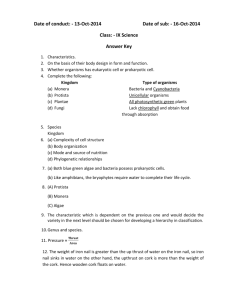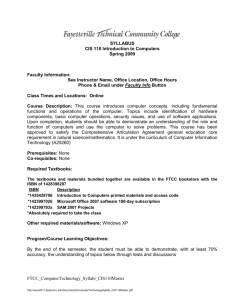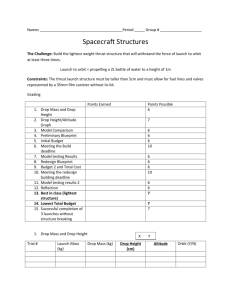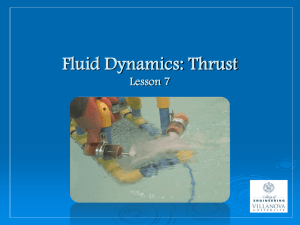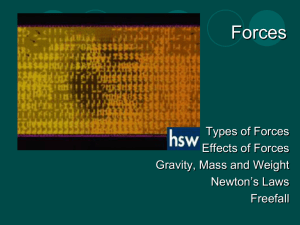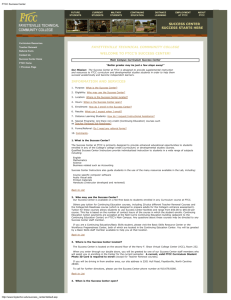Obradors-Latre_et_al_BSRG2013_Abstract
advertisement
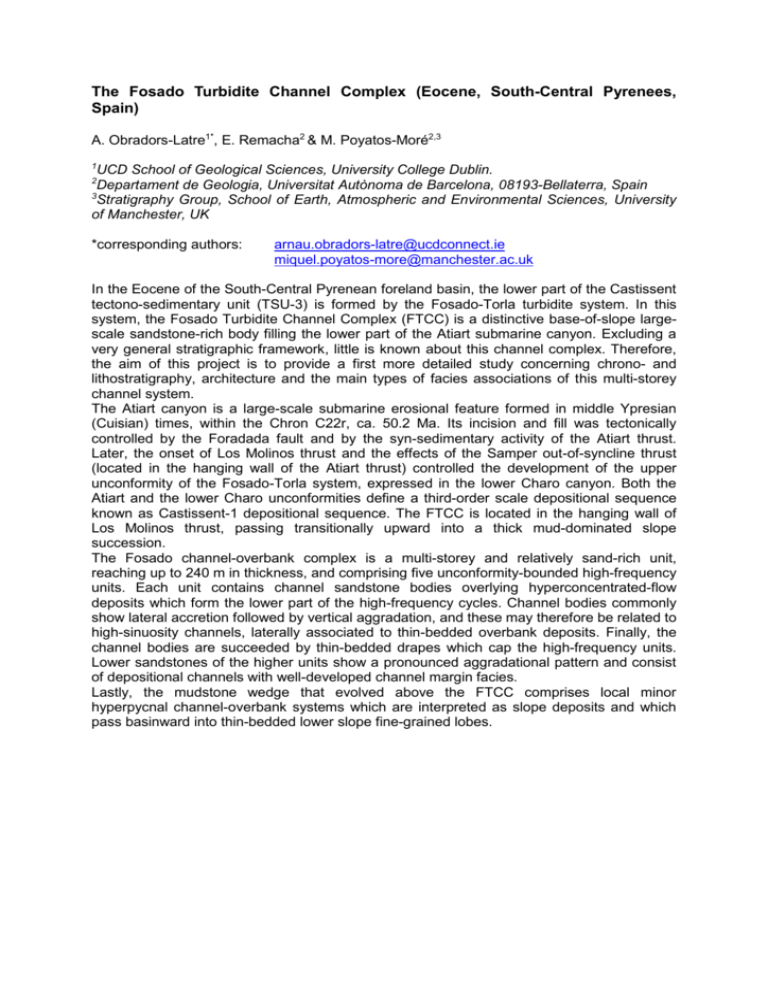
The Fosado Turbidite Channel Complex (Eocene, South-Central Pyrenees, Spain) A. Obradors-Latre1*, E. Remacha2 & M. Poyatos-Moré2,3 1 UCD School of Geological Sciences, University College Dublin. Departament de Geologia, Universitat Autònoma de Barcelona, 08193-Bellaterra, Spain 3 Stratigraphy Group, School of Earth, Atmospheric and Environmental Sciences, University of Manchester, UK 2 *corresponding authors: arnau.obradors-latre@ucdconnect.ie miquel.poyatos-more@manchester.ac.uk In the Eocene of the South-Central Pyrenean foreland basin, the lower part of the Castissent tectono-sedimentary unit (TSU-3) is formed by the Fosado-Torla turbidite system. In this system, the Fosado Turbidite Channel Complex (FTCC) is a distinctive base-of-slope largescale sandstone-rich body filling the lower part of the Atiart submarine canyon. Excluding a very general stratigraphic framework, little is known about this channel complex. Therefore, the aim of this project is to provide a first more detailed study concerning chrono- and lithostratigraphy, architecture and the main types of facies associations of this multi-storey channel system. The Atiart canyon is a large-scale submarine erosional feature formed in middle Ypresian (Cuisian) times, within the Chron C22r, ca. 50.2 Ma. Its incision and fill was tectonically controlled by the Foradada fault and by the syn-sedimentary activity of the Atiart thrust. Later, the onset of Los Molinos thrust and the effects of the Samper out-of-syncline thrust (located in the hanging wall of the Atiart thrust) controlled the development of the upper unconformity of the Fosado-Torla system, expressed in the lower Charo canyon. Both the Atiart and the lower Charo unconformities define a third-order scale depositional sequence known as Castissent-1 depositional sequence. The FTCC is located in the hanging wall of Los Molinos thrust, passing transitionally upward into a thick mud-dominated slope succession. The Fosado channel-overbank complex is a multi-storey and relatively sand-rich unit, reaching up to 240 m in thickness, and comprising five unconformity-bounded high-frequency units. Each unit contains channel sandstone bodies overlying hyperconcentrated-flow deposits which form the lower part of the high-frequency cycles. Channel bodies commonly show lateral accretion followed by vertical aggradation, and these may therefore be related to high-sinuosity channels, laterally associated to thin-bedded overbank deposits. Finally, the channel bodies are succeeded by thin-bedded drapes which cap the high-frequency units. Lower sandstones of the higher units show a pronounced aggradational pattern and consist of depositional channels with well-developed channel margin facies. Lastly, the mudstone wedge that evolved above the FTCC comprises local minor hyperpycnal channel-overbank systems which are interpreted as slope deposits and which pass basinward into thin-bedded lower slope fine-grained lobes.



